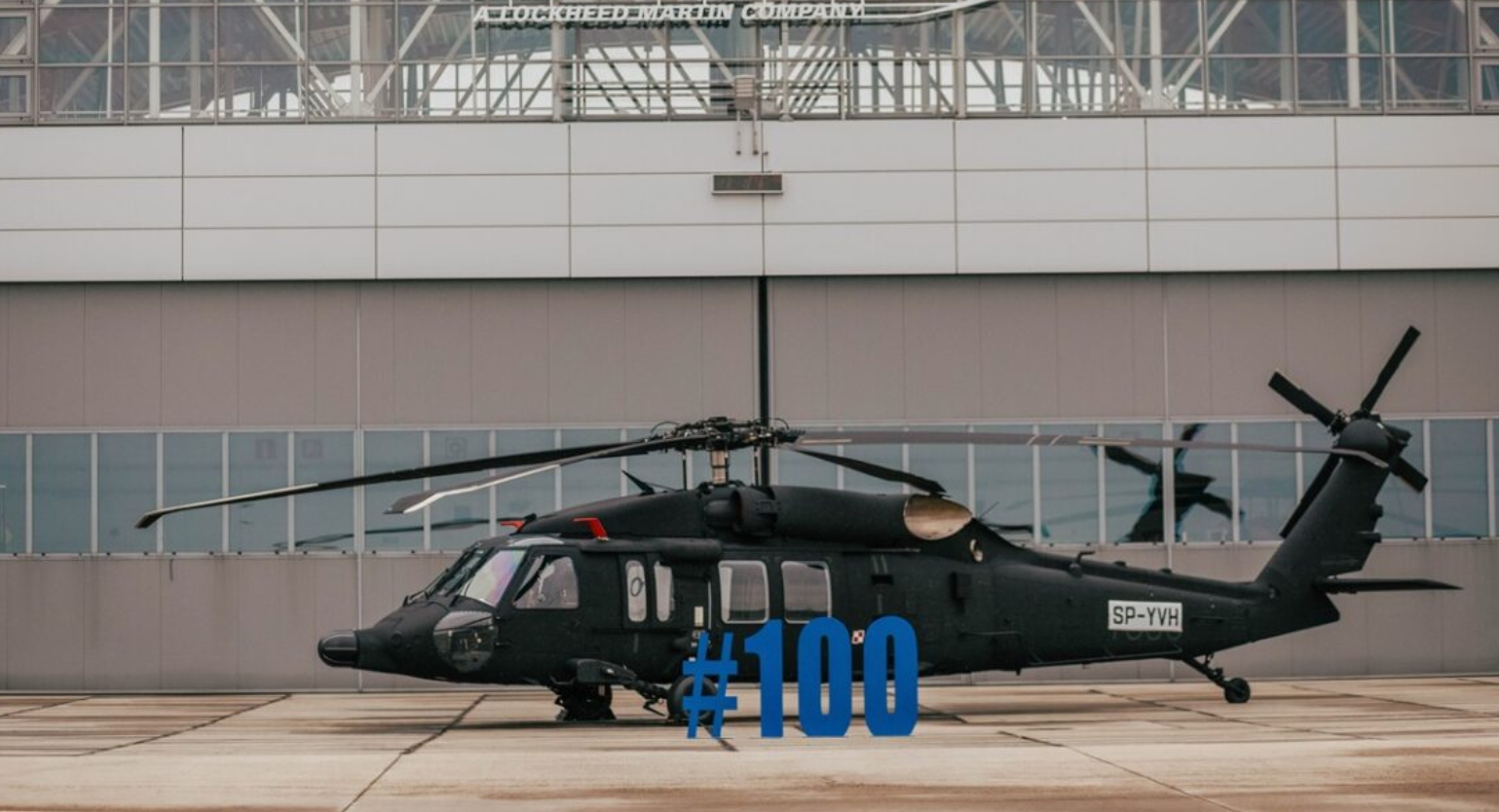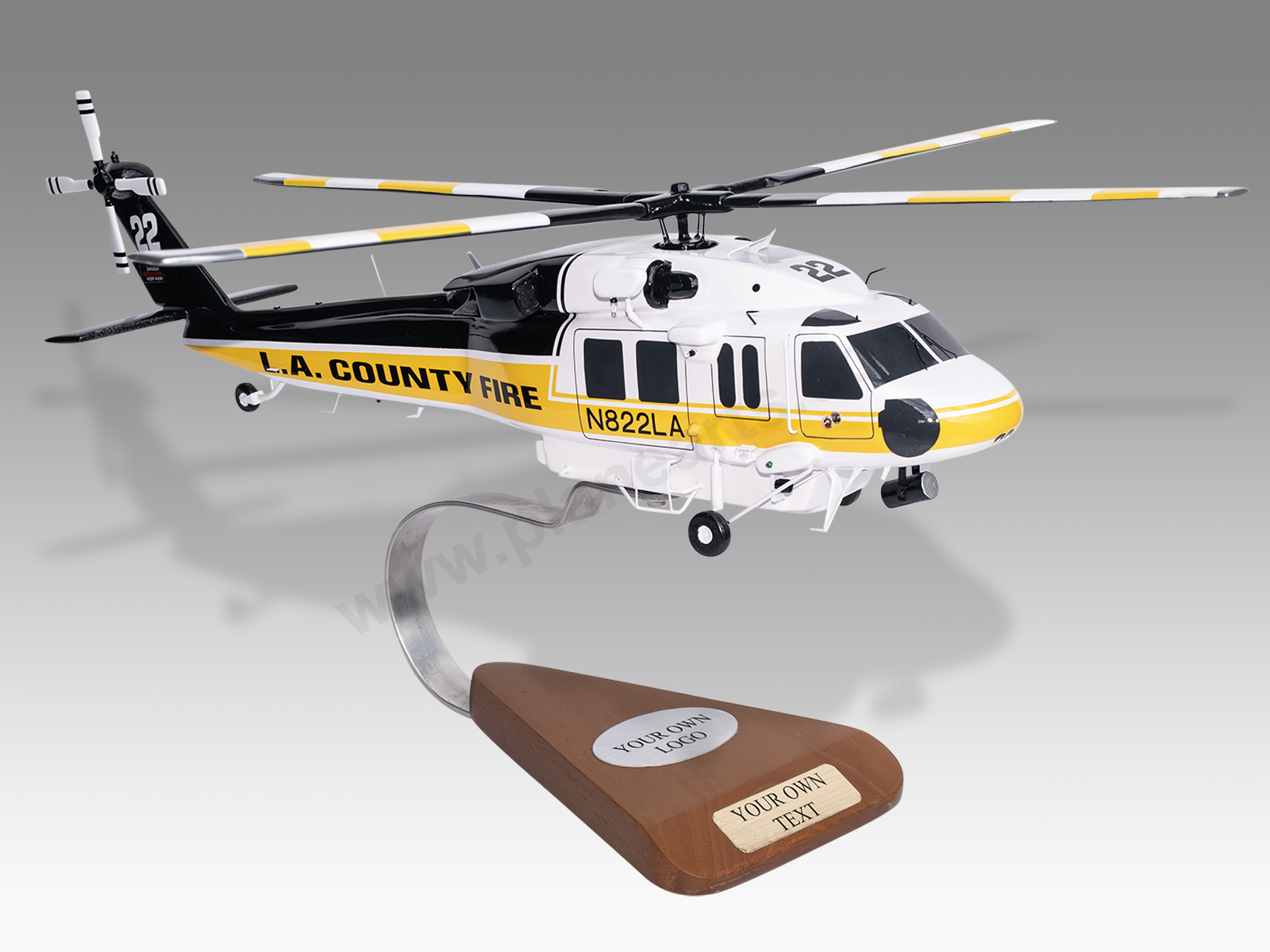Sikorsky S 70: Revolutionizing Tactical Operations with Cutting-Edge Technology
Wiki Article
High-Performance Multi-Role Rotorcraft Featuring Advanced Cabin Technologies and Integrated Sensor Equipments
The world of rotorcraft technology has seen noteworthy advancements in recent times, particularly in the realm of high-performance multi-role rotorcraft geared up with sophisticated cockpit innovations and flawlessly integrated sensor systems. These technologies have not only increased the functional abilities of rotorcraft yet have likewise significantly influenced modern aeronautics procedures on different fronts. From improved mission flexibility to improved functional performance, the merging of innovative cabin innovations and integrated sensing unit systems has introduced a new period of possibilities for rotorcraft applications. In the following conversation, we will check out the development of rotorcraft modern technology, dig into the world of advanced cabin innovations, and take a look at the effects of incorporated sensor systems on the functional flexibility and performance of contemporary rotorcraft.Advancement of Rotorcraft Technology
The development of rotorcraft modern technology has actually been marked by significant improvements in the rules of aerodynamics, products, and propulsion systems, forming the capabilities and performance of modern rotorcraft. Aerodynamic enhancements have actually boosted the efficiency and maneuverability of rotorcraft, enabling for raised speed, agility, and security throughout trip (sikorsky s 70). Technologies in products, such as using composite materials and progressed alloys, have actually brought about lighter yet more powerful rotorcraft frameworks, boosting total efficiency and toughness. In addition, advancements in propulsion systems, including a lot more powerful engines and ingenious propulsion technologies, have allowed rotorcraft to accomplish higher altitudes, faster rates, and greater payloads.These advancements have not just transformed the capabilities of rotorcraft yet have actually likewise broadened their applications across various industries, including military, commercial, and emergency situation solutions. The continual advancement of rotorcraft modern technology remains to drive development in the field, pressing the limits of what is possible and shaping the future of vertical flight.
Advanced Cabin Innovations
Building upon the fundamental innovations in aerodynamics, products, and propulsion systems, the realm of rotorcraft technology currently moves focus in the direction of pioneering Advanced Cabin Innovations. The assimilation of innovative innovations within the cockpit atmosphere plays a critical function in enhancing the functional capacities, safety, and effectiveness of modern-day rotorcraft. sikorsky s 70. Advanced Cabin Innovations incorporate a large selection of features designed to give pilots with enhanced situational recognition, structured information management, and user-friendly control user interfacesOne of the key innovations in cockpit style is the execution of glass cockpits, which replace standard analog determines with high-resolution screens. These electronic systems offer adjustable formats, real-time data assimilation, and enhanced readability, enabling pilots to accessibility vital info at a glance. Progressed avionics systems, such as fly-by-wire controls and increased fact display screens, are revolutionizing how pilots interact with the aircraft, allowing for accurate control and improved decision-making abilities.


Integrating advanced cabin technologies not just enhances pilot efficiency yet likewise adds to total goal efficiency and safety in intricate operational environments. By leveraging state-of-the-art technologies within the cockpit, rotorcraft makers are establishing new criteria for operational quality and objective success.
Integrated Sensing Unit Solutions
With the evolution of rotorcraft modern technology, the integration of innovative Integrated Sensor Equipment has come to be critical in enhancing functional efficiency and safety and security. These Integrated Sensor Equipments encompass a vast range of modern technologies that offer crucial information for different features such as advice navigating, surveillance, targeting, and ecological monitoring. By effortlessly integrating sensors like radars, cameras, lidar, and infrared systems right into rotorcraft, operators can benefit from improved situational understanding, boosted mission capacities, and reduced pilot workload.One secret benefit of Integrated Sensor Solutions is their capacity to gather real-time data and supply workable understandings to pilots and mission drivers. Progressed radar systems can spot and track targets over long ranges, allowing for very early hazard click reference discovery and effective response planning. Additionally, integrating infrared and electro-optical electronic cameras enables rotorcraft to conduct reconnaissance and surveillance missions with precision and precision.
Fundamentally, the integration of advanced sensor technologies into rotorcraft not just boosts functional performance however likewise contributes significantly to overall goal success and staff safety and security. As rotorcraft remain to advance, the duty of Integrated Sensing unit Equipment will definitely stay at the center of innovation in the aerospace sector.
Functional Adaptability and Effectiveness
Enhancing operational convenience and performance in rotorcraft is a natural progression from the integration of advanced Integrated Sensor Solutions. By leveraging the insights and information supplied by these innovative sensor systems, rotorcraft can maximize their performance throughout different missions and settings.Operational convenience incorporates the capability of rotorcraft to adapt to various functions and scenarios successfully. With sophisticated cockpit modern technologies and integrated sensor systems, rotorcraft can flawlessly shift in between jobs such as search and rescue, medical evacuation, security, and much more. This versatility improves the rotorcraft's capability to satisfy diverse functional needs without calling for comprehensive reconfiguration.
Efficiency in rotorcraft operations is vital for maximizing objective performance and resource use. Integrated sensor systems play a critical duty in enhancing operational effectiveness by giving real-time data on weather, terrain mapping, target monitoring, and more. This data makes it possible for pilots to make informed decisions quickly, maximize flight paths, save gas, and boost overall objective efficiency.
Effect On Modern Aviation Operations

Moreover, the integration of innovative sensing units helps with improved objective planning and execution, making it possible for rotorcraft to execute More Bonuses a variety of tasks with boosted precision. From search and rescue procedures to aerial firefighting and police objectives, the capabilities of contemporary rotorcraft furnished with advanced cockpit technologies and incorporated sensing unit systems are unequaled.
Moreover, the effect of these advancements prolongs past operational efficiency to cost-effectiveness and sustainability. By enhancing trip routes, gas intake, and maintenance routines, high-performance rotorcraft equipped with advanced cockpit modern technologies and sensors contribute to lowering operational expenses and ecological effect, making them important assets in modern-day aviation operations.
Verdict
To conclude, the high-performance multi-role rotorcraft with sophisticated cabin technologies and integrated sensing unit systems represents a considerable advancement in aviation technology. These developments improve operational adaptability and effectiveness, eventually influencing modern-day aeronautics procedures in a favorable method. The combination of these sophisticated innovations enables for enhanced capabilities and performance in various goal circumstances, showcasing the proceeded innovation of rotorcraft innovation in the air travel market.The realm of rotorcraft technology has actually seen remarkable innovations in current times, especially in the realm of high-performance multi-role rotorcraft equipped with sophisticated cabin innovations and effortlessly incorporated sensor systems. From enhanced goal convenience to enhanced operational performance, the merging of sophisticated cockpit modern technologies and incorporated sensor systems has ushered in a brand-new age of possibilities for rotorcraft applications. In the adhering to conversation, we will explore the advancement of rotorcraft innovation, dig right into the realm of advanced cabin advancements, and analyze the implications of incorporated sensor systems on the functional flexibility and efficiency of modern-day rotorcraft.

Report this wiki page